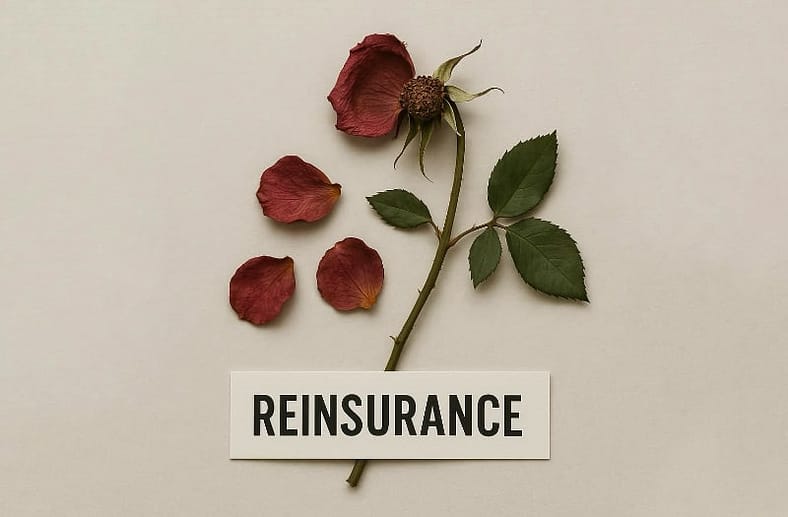In property catastrophe reinsurance “the bloom is off the rose” according to Rob Berkley, President and CEO of W. R. Berkley Corporation, who during an earnings call yesterday cautioned that while margin does remain in property cat, the potential for a “feeding frenzy” at the 1/1 2026 renewals may change that. As the quarterly earnings season of property and casualty insurance and reinsurance specialists gets underway, Rob Berkley is often one of the more outspoken and prophetic.
As the quarterly earnings season of property and casualty insurance and reinsurance specialists gets underway, Rob Berkley is often one of the more outspoken and prophetic.
During his firm’s call late yesterday, the senior executive explained his concerns that property catastrophe risks may be in for more significant softening and therefore margin erosion at the January 2026 renewal season.
His comments suggest a tipping point may already have been passed and that while appetites remain to bulk up on property cat premium while margin lasts, the industry may simply accelerate that erosion and softening.
Which aligns with precisely how the last soft market came to pass in the mid-2010’s, when the appetite of reinsurers to make hay while the sun still shone drove a meaningful decline in property cat reinsurance pricing and significantly stretched contract terms.
In his opening comments on the call Berkley summarised, “I think the past 90 days is just a continuation of clear evidence that the insurance industry is still a cyclical industry. And, for whatever the reason may be, some would say, fear and greed, the industry continues to seemingly make an art out of self-sabotage when it comes to its own success.”
Later, he provided more colour, saying, “The reinsurance marketplace, clearly the property market, particularly property cat, that bloom is off the rose. From our perspective, there’s still margin in the business. We’ll see how long that lasts.
“It’s without a doubt eroding. To that end, you can feel the growing groundswell, quite frankly, it’s palpable around 1/1 and the appetite that’s going to be coming from the reinsurance market. We’ll have to see what 1/1 holds.”
He went on to say, “The parts of the market that at this moment in time are under the greatest pressure, again, in our mind, you’re going to see it with property catastrophe, and that likely will not become particularly visible until 1/1. In the meantime, you certainly are seeing it in E&S property. While we are not a big player in that space, we’re certainly an observer and a modest participant. That’s how it looks to us.”
Asked during the earnings call Q&A whether property cat has reached the turning point, Berkley explained, “I think it depends on what the feeding frenzy is like at 1/1. Everyone needs to assess how much margin they think is in the business.
“Obviously, rates went up dramatically, attachment points shifted significantly, so on and so forth. While, nine months ago, we saw a softening, and I think the expectation is given the performance, it’s likely there’ll be further softening at 1/1 for this coming year.
“We’ll have to see how aggressive the market is. We have a view as to how much margin is in the business and where and at what point we shift our posture from an offensive one to a defensive one. That’s just the reality of a cyclical business.”
This cautionary tale is reminiscent of earnings call commentary from senior executives at P&C re/insurer’s back in say 2013 or 2014.
While rate is coming off a similar high level this time around, terms, conditions and attachments are firmer and higher than they were prior to that last softening.
For now, reinsurer sentiment suggests there won’t be meaningful movement on attachments and other key terms at this renewals, but already price movements are evident in the catastrophe bond market, as seen in our news on the pricing of two new transactions yesterday (here and here).
It is without doubt a buyers market in property catastrophe reinsurance, compared to the last couple of years.
Given the rising burden of insured losses from natural catastrophes even in a year without major impacts from wind events in 2025, buyers might be advised to make the most of this (locking in multi-year cover through cat bonds could prove to be too good an opportunity to miss). As it may not take much in the way of a spike in industry losses in 2026 to see the property cat rose blooming with a full complement of petals again.



